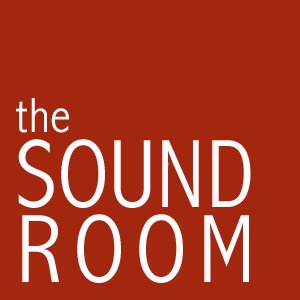Flamenco is an art form based on the various folkloric music traditions of southern Spain , developed within the gitano subculture of the region of Andalusia. Flamenco fuses song (cante), dance (baile) and musicianship (toque). Cante is the vocal expression of flamenco, sung by men and women, preferably seated, with no backing singers. The gamut of feelings and states of mind – grief, joy, tragedy, rejoicing and fear – can be expressed through sincere, expressive lyrics characterized by brevity and simplicity.
Flamenco baile is a dance of passion, courtship, expressing a wide range of situations ranging from sadness to joy. The technique is complex, differing depending on whether the performer is male (heavier use of the feet) or female (gentler, more sensual movements). Toque or the art of guitar playing has long surpassed its original role as accompaniment. Other instruments, including castanets, hand-clapping and foot-stamping are also employed.
Flamenco is performed during religious festivals, rituals, church ceremonies and at private celebrations. It is the badge of identity of numerous communities and groups, in particular the Gitano (Roma) ethnic community, which has played an essential role in its development. Transmission occurs through dynasties, families, social groups and Flamenco clubs, all of which play a key role in its preservation and dissemination.
Featuring Roberto Zamora - vocals, Mizuho Sato - dance, Clara Rodriguez - dance, Marlon Aldana - percussion, David McLean - guitar
Tickets at An Evening of Flamenco
